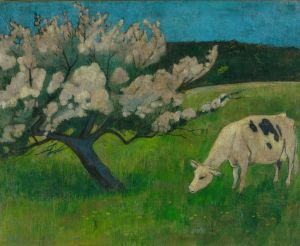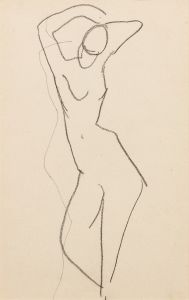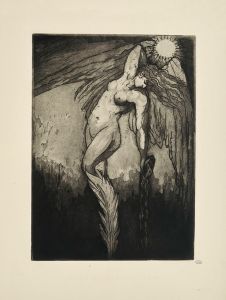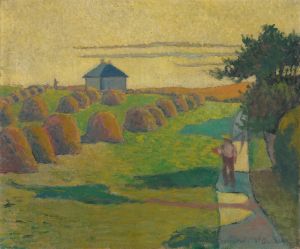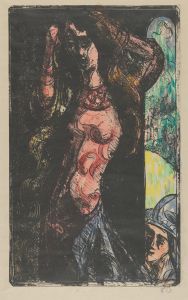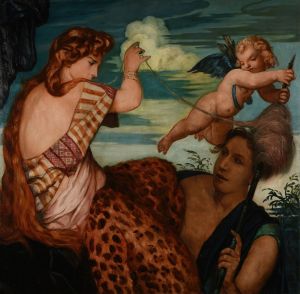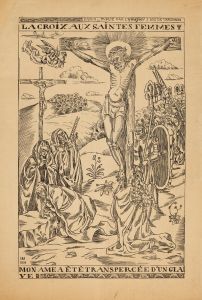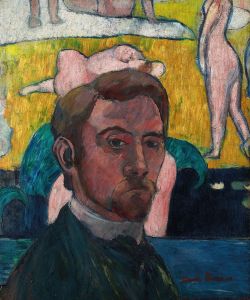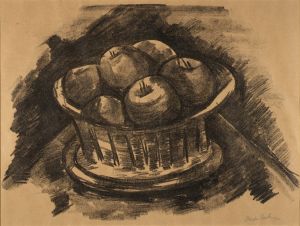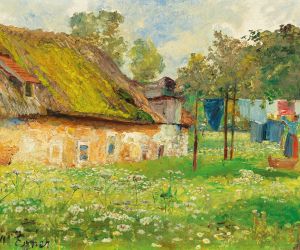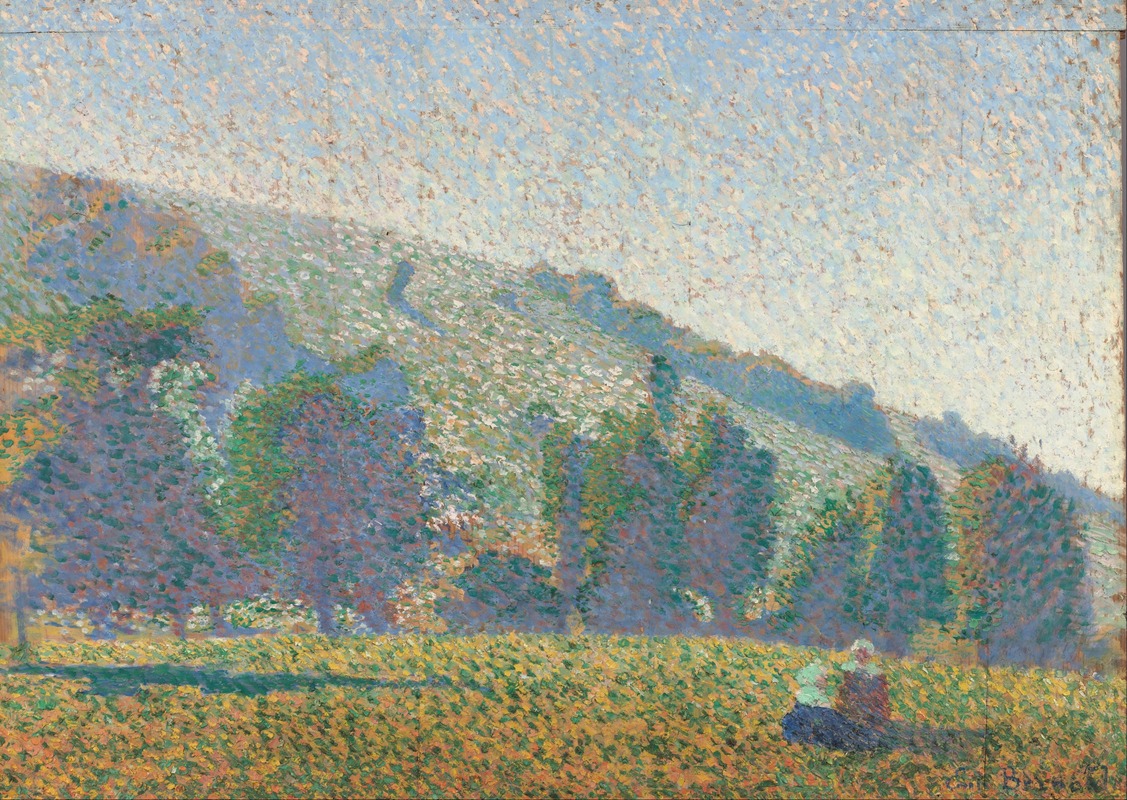
Two Breton women in a meadow
A hand-painted replica of Emile Bernard’s masterpiece Two Breton women in a meadow, meticulously crafted by professional artists to capture the true essence of the original. Each piece is created with museum-quality canvas and rare mineral pigments, carefully painted by experienced artists with delicate brushstrokes and rich, layered colors to perfectly recreate the texture of the original artwork. Unlike machine-printed reproductions, this hand-painted version brings the painting to life, infused with the artist’s emotions and skill in every stroke. Whether for personal collection or home decoration, it instantly elevates the artistic atmosphere of any space.
Émile Bernard's painting "Two Breton Women in a Meadow" is a notable work from the late 19th century, reflecting the artist's innovative approach and his connection to the Pont-Aven School. Bernard, a French Post-Impressionist painter, played a significant role in the development of modern art through his exploration of color, form, and symbolism.
The painting, created in 1888, is an example of Bernard's Synthetist style, which he developed alongside Paul Gauguin. Synthetism is characterized by the use of bold colors, simplified forms, and a focus on the symbolic meaning of the subject matter rather than a realistic depiction. This style was a departure from the Impressionist focus on light and naturalism, aiming instead to convey deeper emotional or spiritual truths.
"Two Breton Women in a Meadow" depicts two women dressed in traditional Breton attire, set against a backdrop of a lush, green meadow. The choice of Breton women as subjects reflects Bernard's interest in the rural and cultural life of Brittany, a region in northwestern France. This interest was shared by many artists of the Pont-Aven School, who were drawn to Brittany for its perceived authenticity and the simplicity of its rural life, which contrasted with the rapidly industrializing cities.
In the painting, Bernard employs flat areas of color and bold outlines, a technique influenced by Japanese prints, which were popular in Europe at the time. This approach emphasizes the decorative quality of the composition and highlights the contrast between the figures and their natural surroundings. The use of vibrant colors and the stylized depiction of the landscape are hallmarks of Bernard's work during this period.
The painting also reflects Bernard's interest in the spiritual and mystical aspects of life. The serene expressions of the women and the harmonious setting suggest a sense of peace and introspection. This aligns with the Symbolist movement, which sought to express the unseen and the emotional through art.
Bernard's collaboration with Gauguin and other artists in Pont-Aven was crucial in the development of Post-Impressionism. His innovative techniques and ideas influenced contemporaries such as Vincent van Gogh and Henri de Toulouse-Lautrec. Although Bernard's contributions were sometimes overshadowed by those of his more famous peers, his work remains an important part of the history of modern art.
"Two Breton Women in a Meadow" exemplifies Bernard's ability to blend traditional subject matter with avant-garde techniques, creating a work that is both visually striking and rich in meaning. The painting is a testament to Bernard's role in the transition from Impressionism to the more abstract and symbolic art movements that followed.
Today, Émile Bernard's work, including "Two Breton Women in a Meadow," is appreciated for its pioneering approach and its influence on the trajectory of modern art. The painting serves as a reminder of the dynamic changes in art during the late 19th century and Bernard's significant role in those developments.





